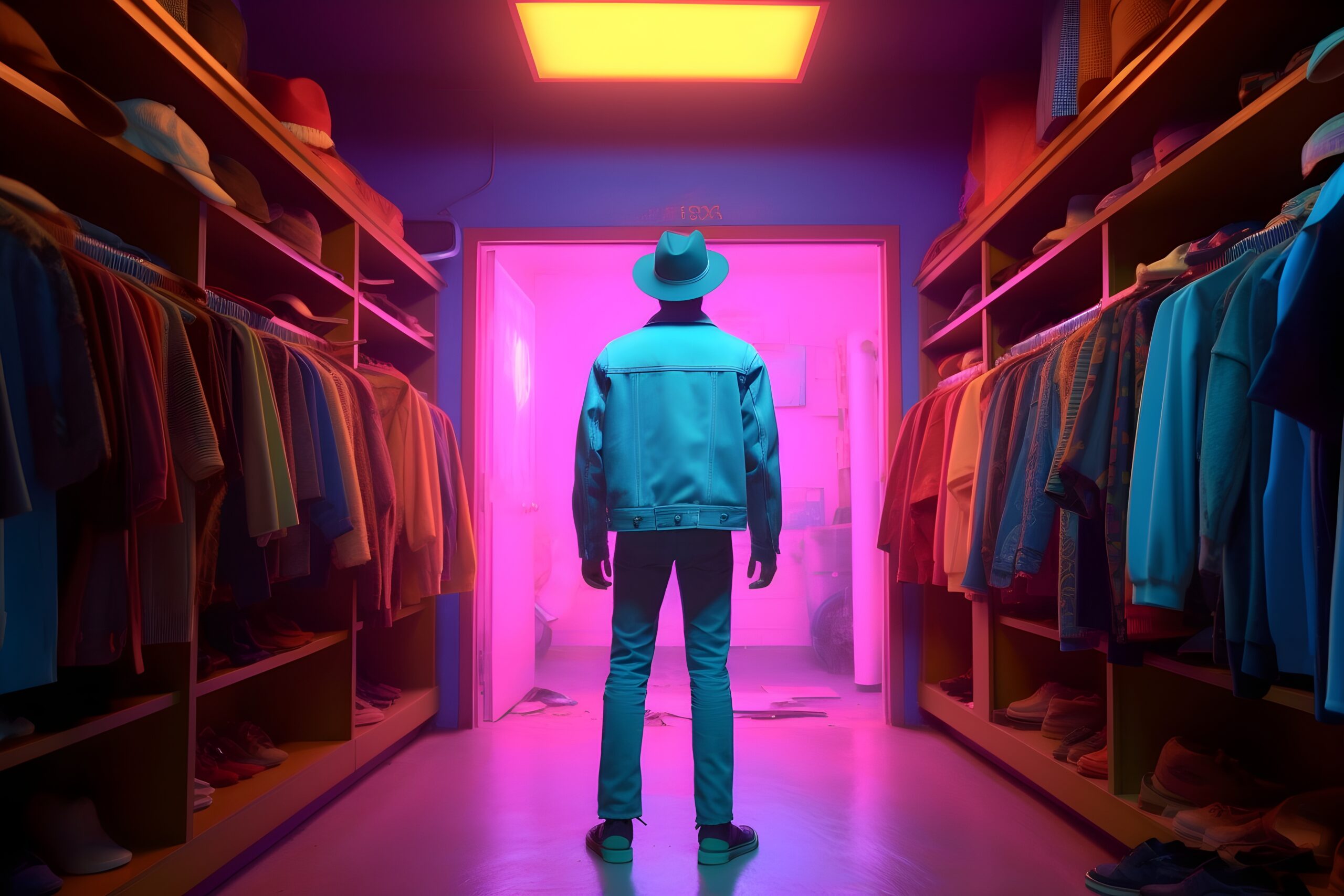How Technology is Revolutionizing Fashion
The fashion industry, known for its creativity and constant evolution, is experiencing a profound transformation thanks to advancements in technology. From design and production to retail and sustainability, technology is revolutionizing every aspect of fashion. Let’s delve into the ways technology is reshaping the fashion world.
Digital Design and Fabrication
Technology has significantly enhanced the design and fabrication processes in fashion, allowing for greater creativity and efficiency.
3D Printing
3D printing is revolutionizing the way fashion designers create and produce clothing and accessories.
- Customization: 3D printing allows for the creation of customized garments tailored to individual body measurements and preferences.
- Complex Designs: Designers can experiment with intricate patterns and structures that would be difficult or impossible to achieve with traditional methods.
- Rapid Prototyping: 3D printing enables quick prototyping, allowing designers to bring their ideas to life faster and refine their designs before mass production.
Computer-Aided Design (CAD)
CAD software has become an essential tool for fashion designers, enabling them to create detailed digital designs.
- Precision: CAD software allows for precise measurements and design adjustments, ensuring better fit and quality.
- Visualization: Designers can create 3D models of their designs, helping them visualize the final product and make necessary modifications before production.
- Efficiency: Digital design tools streamline the design process, reducing the time and cost involved in creating new collections.
Smart Textiles and Wearable Tech
Smart textiles and wearable technology are merging fashion with functionality, creating innovative and interactive clothing.
Smart Fabrics
Smart fabrics are embedded with electronic components that can interact with the wearer and the environment.
- Health Monitoring: Smart fabrics can monitor vital signs such as heart rate, body temperature, and movement, providing valuable health data.
- Adaptive Clothing: These fabrics can adjust their properties based on environmental conditions, such as changing color or texture in response to temperature changes.
- Interactive Features: Some smart fabrics can respond to touch or gestures, offering new ways for users to interact with their clothing.
Wearable Technology
Wearable tech integrates electronic devices into clothing and accessories, enhancing their functionality.
- Fitness Trackers: Fitness wearables like smartwatches and fitness bands track physical activity, sleep patterns, and other health metrics.
- Fashion-Forward Wearables: Brands are creating stylish wearables that blend seamlessly with everyday fashion, such as smart jewelry and high-tech accessories.
- Augmented Reality (AR): AR-enabled wearables can provide real-time information and experiences, such as virtual try-ons and interactive displays.
E-Commerce and Retail Innovation
Technology is transforming the retail landscape, making shopping more convenient, personalized, and engaging.
Online Shopping
E-commerce platforms have made shopping more accessible, allowing consumers to browse and purchase fashion items from anywhere.
- Virtual Try-Ons: Augmented reality (AR) and virtual reality (VR) technologies enable customers to try on clothes virtually, enhancing the online shopping experience.
- Personalization: AI-driven recommendation engines analyze customer preferences and behavior to suggest personalized product recommendations.
- Convenience: Online shopping offers the convenience of browsing and purchasing items at any time, without the need to visit physical stores.
Omnichannel Retail
Omnichannel retail strategies integrate online and offline shopping experiences, providing a seamless and cohesive customer journey.
- Click-and-Collect: Customers can order products online and pick them up in-store, combining the convenience of online shopping with the immediacy of physical stores.
- Integrated Inventory: Retailers use technology to manage inventory across all channels, ensuring that customers can find the products they want, whether online or in-store.
- Enhanced Customer Engagement: Omnichannel approaches leverage data and technology to offer personalized experiences and promotions across all touchpoints.
Sustainability and Ethical Fashion
Technology is playing a crucial role in promoting sustainability and ethical practices in the fashion industry.
Sustainable Materials
Innovations in materials science are leading to the development of sustainable and eco-friendly fabrics.
- Recycled Fabrics: Technologies are enabling the creation of fabrics from recycled materials, reducing waste and environmental impact.
- Biodegradable Textiles: Researchers are developing biodegradable textiles that break down naturally, minimizing pollution and landfill waste.
- Eco-Friendly Dyeing: Advanced dyeing techniques use less water and harmful chemicals, making the production process more sustainable.
Supply Chain Transparency
Blockchain and other technologies are enhancing transparency and accountability in the fashion supply chain.
- Traceability: Blockchain technology allows consumers to trace the origins of their garments, ensuring they are produced ethically and sustainably.
- Fair Labor Practices: Technology helps monitor labor conditions and ensure fair practices throughout the supply chain.
- Environmental Impact: Advanced analytics track the environmental impact of production processes, helping brands minimize their carbon footprint.
Digital Fashion and Virtual Influencers
The rise of digital fashion and virtual influencers is creating new opportunities for creativity and marketing in the fashion industry.
Digital Fashion
Digital fashion refers to clothing and accessories that exist only in digital form.
- Virtual Runways: Fashion shows and events are being held in virtual environments, reaching global audiences and reducing the need for physical travel.
- Digital Clothing: Consumers can purchase digital outfits for their virtual avatars or for use in social media and gaming platforms.
- Sustainability: Digital fashion eliminates the need for physical production, reducing waste and environmental impact.
Virtual Influencers
Virtual influencers are computer-generated characters that promote fashion brands and products on social media.
- Engagement: Virtual influencers attract large followings and high engagement rates, making them effective marketing tools.
- Creativity: Brands can create unique and customizable virtual influencers that align with their identity and values.
- Cost-Effectiveness: Virtual influencers can be more cost-effective than human influencers, as they do not require travel, accommodations, or other expenses.
Conclusion Technology is revolutionizing the fashion industry by enhancing design and fabrication, integrating smart textiles and wearable tech, transforming retail, promoting sustainability, and introducing digital fashion and virtual influencers. As technology continues to evolve, it will unlock new possibilities for creativity, innovation, and sustainability in fashion. Embracing these advancements will enable the fashion industry to stay ahead of the curve and meet the ever-changing demands of consumers






